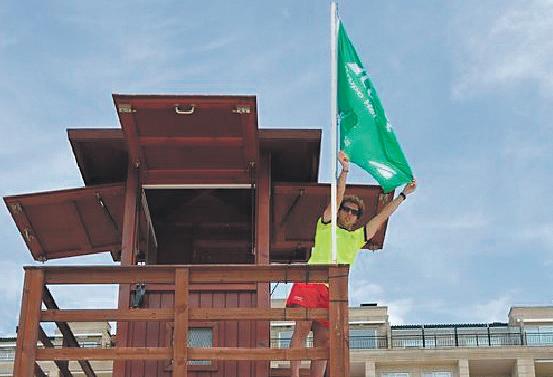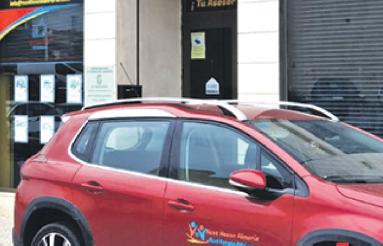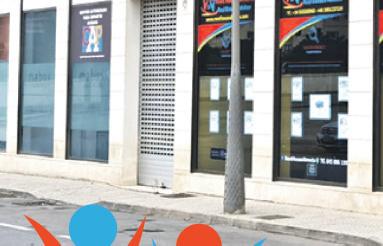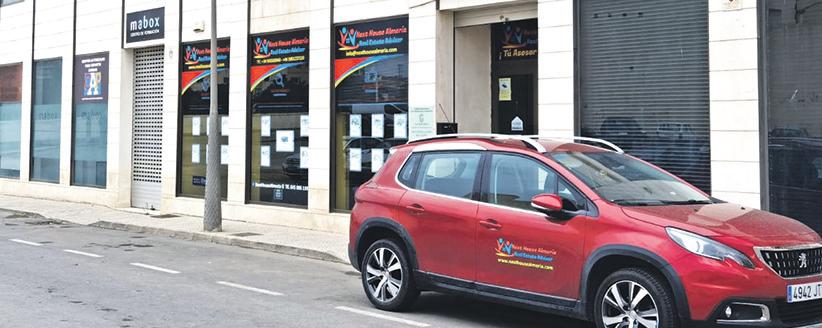
1 minute read
New beach flags

John Ensor AUTHORITIES at a beach in Galicia have gone one step further in inclusivity by adopting flags for people suffering from colour blindness.
It was announced that from Wednesday, July 5, the municipality of Sanxenxo, near Pontevedra in Galicia, has introduced lifeguard flags adapted for people with colour blindness onto its beaches.

The flags are a wellknown sight on Spanish beaches which combine colours and symbols that inform bathers about the condition of the sea.
The flags use the awardwinning ‘ColorADD’, a system which was developed by a Portuguese graphic designer and a university professor. It remains the only language in the world adapted to people with colour blindness.
According to statistics from ColorADD, there are 350 million colourblind people worldwide, with one in 12 males and one in 200 females.


The Sanxenxo Council issued a statement: “This makes the beaches more inclusive, as people with colour blindness will be able to access the information on the flags independently.”







It is worth remembering that the most frequent variant of colour blindness makes it difficult to distinguish between the colours red and green, which are two of the main colours used in any code related to risk and safety.
Therefore, the red, yellow and green flags are accompanied by a new symbolism. Specifically, the red flag has a triangle, the yellow flag has a diagonal stripe and the green flag has a diagonal line and a triangle.

The authorities at Sanxenxo have again decided not to place showers on its beaches in order to save water.



They also took the decision not to place litter bins on the beaches. Bathers will throw their rubbish into a container when they leave the beach.
This is to avoid bathers having to lie next to smelly litter bins and also to avoid seagulls picking up the waste.









